The wild Western blot: The good, the bad, and the ugly - Session 2
Abstract:
When it comes to Western blotting (WB), there is a wide range of different detection methods, reagents, and imaging systems used within scientific communities. But what approach can help ensure high-quality data is generated from every Western blot? What is the best detection method to obtain quantitative data, and what key factors play a role in generating consistent and quantifiable results?
We will take a detailed look at how to overcome obstacles in WB. We will analyze causes and preventive strategies relating to common WB pitfalls, such as high background and unspecific or weak bands, as well as discuss how to find appropriate antibody dilutions without trial and error.
Speaker:
Linda Keller is responsible for customer imaging training and imaging scientific support across Europe, the Middle East and Africa (EMEA), Linda works closely with customers, product management, and R&D to develop new applications and technical notes.
Linda received her PhD in Cell Biology from the University of Muenster in 2007. Her doctoral research was done at the Max Planck Institute for Biomolecular Medicine in Muenster. In 2008, Linda joined Fujifilm Life Sciences as an Application Specialist for biomolecular imaging. She moved into her current position in 2009 after the strategic alliance of Cytiva and Fujifilm for the biomolecular imaging range. Linda has 15 years of experience and extensive product knowledge in the field of molecular biology and protein biochemistry, with special focus on imaging, electrophoresis, and Western blotting techniques.
